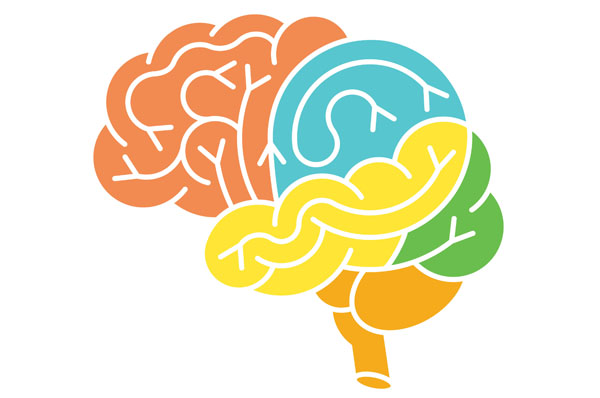 Transcranial magnetic stimulation (TMS) has transformed treatment for major depressive disorder. Read on to learn more about this alternative treatment for depression. Some patients are apprehensive that TMS may be uncomfortable, which prevents them from attempting this kind of depression therapy, but TMS is typically painless.
Transcranial magnetic stimulation (TMS) has transformed treatment for major depressive disorder. Read on to learn more about this alternative treatment for depression. Some patients are apprehensive that TMS may be uncomfortable, which prevents them from attempting this kind of depression therapy, but TMS is typically painless.
What is transcranial magnetic stimulation (TMS) therapy?
TMS treatment works by stimulating the parts of the brain that cause depression symptoms with electromagnetic pulses. The pulses stimulate the brain's neural activity (involved in mood control) to improve depression symptoms and quality of life.
The part of the brain responsible for mood control is often underactive in patients with depression, which plays a part in their symptoms. The magnetic pulses travel through the patient's skull painlessly, boosting the little electrical currents produced naturally by neurons. This stimulates the production of neurotransmitters like serotonin and norepinephrine in the underactive areas.
TMS therapy is often suggested when medication, psychotherapy, or other depression therapies yield no success. TMS is sometimes also used in conjunction with other depression treatments. A depressed patient may undergo TMS therapy to activate neurons in the brain, which may help lessen depression symptoms and boost their mood, regardless of whether TMS therapy is done alone or in combination with other depression therapies.
What TMS feels like
Patients often describe TMS treatments as feeling like gentle taps on the scalp. The magnetic pulses utilized in therapy are what produce this feeling. Some patients may have a slight headache that may be quickly treated with an over-the-counter pain reliever during the first few treatments and disappear within a week. During therapy, slight twitching around the eye and facial muscles has also been recorded. The twitching stops once the daily session is completed. If the tapping feeling is bothersome for the patient, the TMS technician will make the necessary adjustments.
What to expect with TMS therapy
TMS therapy consists of in-office treatment sessions in a psychiatrist's office. A typical TMS treatment regimen entails office visits five times each week for six weeks, with each session lasting around 20 minutes.
TMS treatment is tailored to each patient and does not involve anesthesia, electrical shocks, or medication. Following a TMS therapy session, some patients report a minor headache that usually goes away within the first week of treatment, while others experience no pain at all. After a session, patients can safely return home to continue their daily activities. There is generally no concern about the side effects that are often connected with the usage of antidepressants.
A complete examination is conducted before a patient starts TMS therapy to evaluate whether this person is eligible for treatment. If a patient qualifies for TMS, the psychiatrist creates a personalized treatment plan outlining what they should anticipate throughout treatment.
In conclusion
Those seeking TMS should consult with a psychiatrist to determine whether they are eligible for treatment. A patient may learn whether TMS therapy should be used alone or in conjunction with medication, psychotherapy, and other depression therapies during a consultation.
Request an appointment or call NYC Psychiatric Associates at 917-391-0076 for an appointment in our New York office.
Related Posts
Treating major depressive illness with transcranial magnetic stimulation (TMS) magnetic fields is non-invasive and non-systemic. This method, often recommended when conventional therapies such as antidepressant treatment and talk therapy have failed, can produce significant relief from depression symptoms.Some patients undergoing TMS for depression may be reluctant to forego their antidepressant medication throughout the 6-week treatment…
Transcranial magnetic stimulation (TMS) is fast becoming a popular non-invasive depression therapy. With TMS, electromagnetic pulses help stimulate nerve cells without causing any damage to the cells themselves. It has the potential to alleviate the signs of mental and neurological problems. Patients suffering from depression may respond well to this treatment. This article focuses on…
Transcranial magnetic stimulation (TMS) might be an effective option for people whose depression does not respond to medication, or who want to avoid medication side effects. Mental illness is more common than people think, and depression is one of the most prevalent forms of it. Traditional treatments, such as medication or talk therapy, are often…


